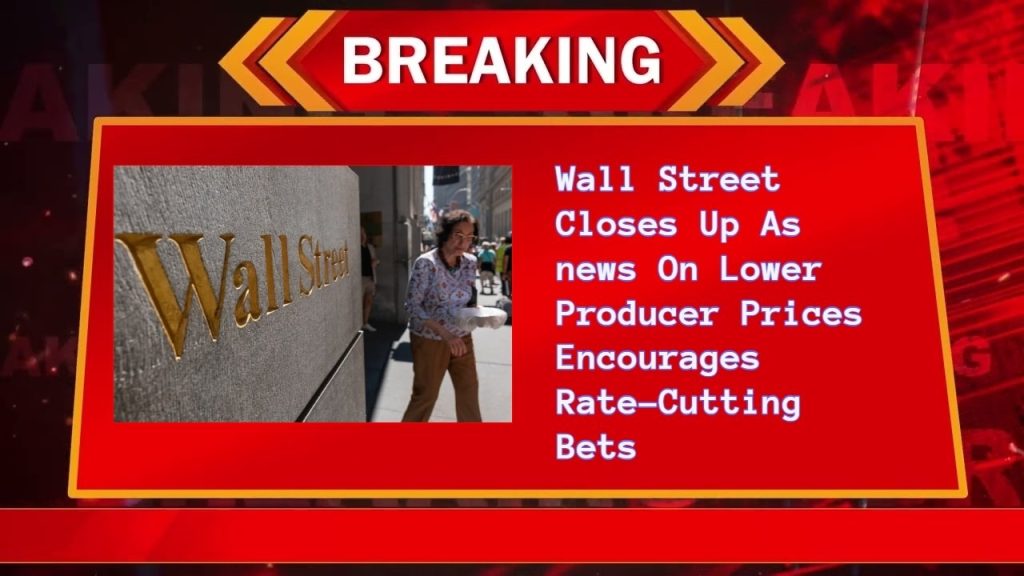Tuesday’s gains in U.S. indices saw them close at a nearly two-week high, as lower producer pricing data supported expectations of a Federal Reserve interest rate drop in September. Because cheaper services offset rising costs of products, U.S. producer prices rose less than anticipated in July, suggesting that inflation remained mild.
The PPI grew 2.2% in the 12 months ending in July, following a 2.7% gain in June. Investors are currently hedging their bets on an aggressive rate decrease by the US central bank by awaiting key consumer pricing data for July on Wednesday and retail sales data on Thursday.
Huge Impact On Market
Michael James, managing director of equity trading at Wedbush Securities, stated that “the core PPI number furthers the narrative that the Fed has done an excellent job of keeping inflation relatively under control” and that a rate decrease is more likely to occur soon.
“The CPI print is yours for tomorrow morning. People are so nervous right now that any data point will have a huge impact on the market. According to CME’s FedWatch Tool, traders now perceive a 55% possibility of a 50 basis point rate drop by the US Federal Reserve, up from less than 50% prior to the announcement.
Following a rocky week highlighted by conflicting economic figures and a rate hike by Japan’s central bank, stocks stumbled on Monday, with the S&P 500 (.SPX) opening new tab almost flat and the Nasdaq (.IXIC) opening new tab showing minor gains.
The Nasdaq Composite (.IXIC) gained 407.00 points, or 2.43%, to 17,187.61, while the S&P 500 (.SPX) opened a new tab and gained 90.04 points, or 1.68%, to conclude at 5,434.43 points.
Best Performing Sectors
At 39,765.64, the Dow Jones Industrial Average (.DJI), opens new tab, increased by 408.63 points, or 1.04%. The two best performing sectors were consumer discretionary (.SPLRCD), opens new tab, and information technology (.SPLRCT), opens new tab.
With OPEC’s decision to lower its prediction for demand growth in 2024, concerns about supply threats posed by the escalating conflict in the Middle East subsided, and energy shares (.SPNY), opens new tab, fell on lower oil prices.
The small-business-focused Russell 2000 Index (.RUT), opens in new tab, increased by 1.6%. With its largest-ever one-day percentage rise of 24.5%, Starbucks (SBUX.O) outperformed the S&P 500 following the coffee seller’s appointment of Brian Niccol as chairman and CEO of Chipotle Mexican Grill (CMG.N).
Opening a new tab, Home Depot (HD.N) reversed losses and increased 1.2%. The home-improvement firm projected a decrease in its yearly earnings as well as a more significant loss in its yearly comparable sales. BuzzFeed (BZFD.O) had a 25.9% increase in new tab sales after reducing its net loss for the second quarter of 2018 to $6.6 million from $22.5 million.
On the NYSE, advances outweighed decliners by a ratio of 4.36 to 1. Advancers outnumbered decliners on the Nasdaq by a ratio of 2.59 to 1. While the Nasdaq Composite registered 55 new highs and 128 new lows, the S&P 500 recorded 17 new 52-week highs and three new lows.

